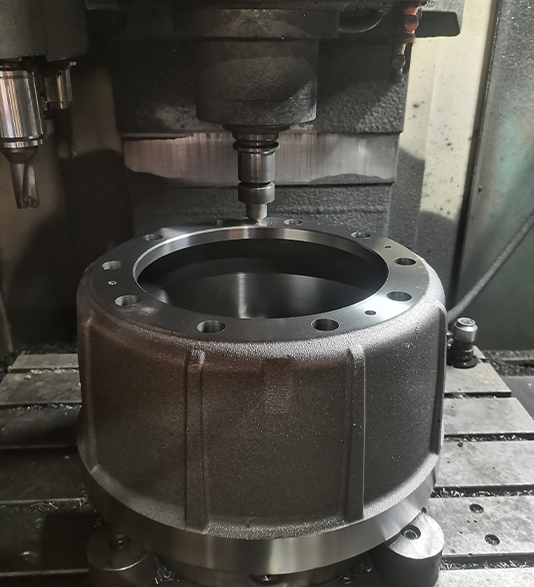نويابىر . 03, 2024 03:44 Back to list
drum brakes
Understanding Drum Brakes Mechanics and Importance
Drum brakes are a crucial component of many vehicles' braking systems, especially in older models and certain types of commercial vehicles. Unlike disc brakes, which utilize a rotor and caliper system, drum brakes consist of a circular drum that rotates along with the wheel and brake shoes that are pressed outward against the drum's inner surface to create friction, thereby slowing down or stopping the vehicle.
The primary advantage of drum brakes lies in their ability to generate strong stopping power, especially under load. They provide a larger surface area for friction generation when the brake shoes expand against the drum, making them highly effective for heavy vehicles and applications requiring significant braking forces. Additionally, drum brakes are generally more resistant to water and dirt intrusion compared to disc brakes, which can enhance their performance in adverse weather conditions.
However, drum brakes also come with certain drawbacks. One of the main issues is the tendency for brake fade during prolonged use. As the brake shoes press against the drum, the heat generated can lead to a decrease in braking efficiency, particularly in downhill or heavy-stop scenarios. Furthermore, the complexity of drum brakes can make maintenance more challenging. Components such as springs, adjusters, and the drum itself require regular inspection and, in some cases, replacement to ensure optimal performance.
drum brakes

Maintenance of drum brakes is essential for safety and performance. Mechanics often recommend periodic checks of the brake shoes for wear, the drum for scoring, and the overall assembly for rust and damage. Ensuring that the brake adjuster is functioning correctly is also vital, as misadjusted brakes can lead to uneven wear and decreased stopping power.
In recent years, the automotive industry has seen a shift towards disc brakes, particularly in passenger cars, due to their simplicity, effective cooling properties, and improved performance under high-stress conditions. Despite this trend, drum brakes are still widely used in certain applications, particularly in the rear of some vehicles, where their effectiveness, cost efficiency, and ability to hold the vehicle stationary (such as when the parking brake is applied) make them a practical choice.
In conclusion, drum brakes play an integral role in the overall braking system of many vehicles. Understanding their mechanics, strengths, and weaknesses is essential for anyone involved in vehicle maintenance or ownership. By staying informed about the condition of their drum brakes, drivers can ensure safer journeys and prolong the life of their braking system. Whether for a classic car or a heavy-duty truck, drum brakes continue to demonstrate their value in the world of transportation.
-
Volvo Brake Drum: OEM Quality, Optimal Safety
NewsAug.27,2025
-
Durable Brake Drum MAZ for Heavy Duty Trucks | High Performance
NewsAug.26,2025
-
FUWA: Premium Quality, Reliable Performance & Innovative Solutions
NewsAug.25,2025
-
Liza Brake Drum: Superior Quality & Performance for Safe Driving
NewsAug.24,2025
-
Iveco Brake Drum | Premium OE Quality for Daily & Eurocargo
NewsAug.22,2025
-
Your Brake Drum Man: Quality & Performance Parts
NewsAug.21,2025
